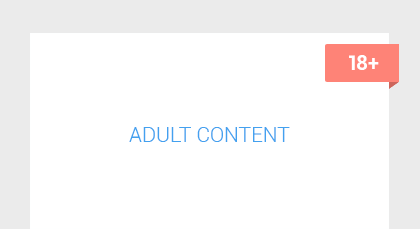Page Load Speed
1.2 sec in total
First Response
347 ms
Resources Loaded
770 ms
Page Rendered
123 ms

About Website
Welcome to plixlab.com homepage info - get ready to check Plixlab best content for Sri Lanka right away, or after learning these important things about plixlab.com
Visit plixlab.comKey Findings
We analyzed Plixlab.com page load time and found that the first response time was 347 ms and then it took 893 ms to load all DOM resources and completely render a web page. This is quite a good result, as only 15% of websites can load faster.